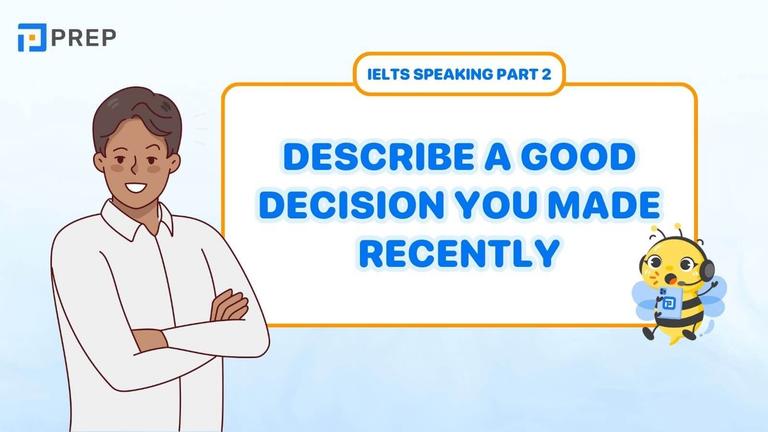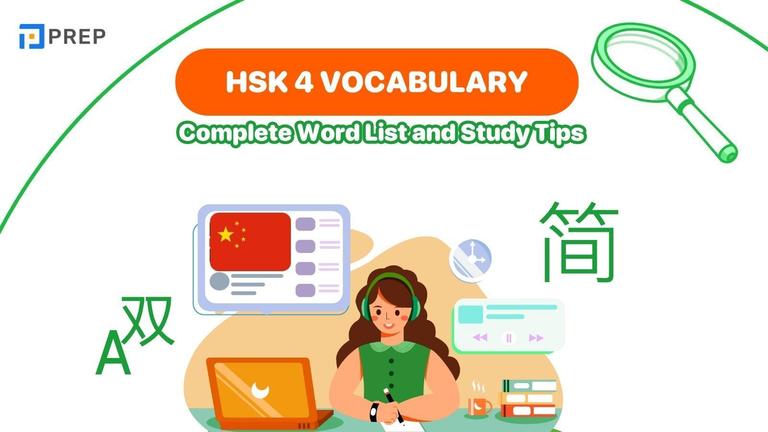Coming Soon in English – Meaning, Grammar, and Examples
Coming Soon in English is a common phrase often seen in movies, ads, and daily communication. This guide explains its meaning and grammar structure, shows how it is used in formal and informal contexts, provides synonyms and alternatives, and includes practice exercises.

I. What Does Coming Soon in English Mean?
The phrase Coming Soon in English is commonly used to inform people that something is about to happen or be released in the near future. It is widely seen in advertisements, websites, product announcements, events, and media content such as movies or apps. Although short, this expression carries a clear message: “This is not available yet, but it will be soon.”
The phrase is made up of two parts:
- “Coming” – the present participle of the verb to come, suggesting movement or arrival
- “Soon” – an adverb that refers to a short time in the future
Together, "coming soon" means "arriving in the near future" or "about to happen shortly". It is often used as a teaser or announcement to create anticipation.
-
For future-time grammar that often appears with announcements, see will in English.
Common meanings of Coming Soon in English:
- A new product, service, or content is being prepared
- Something will be available shortly, but no exact date is given
- Used in professional, creative, and everyday communication to hint at something upcoming
This phrase gives readers or viewers a clear and simple way to know that more is coming — and to stay ready for it.

1. Grammar and Structure of Coming Soon in English
Although Coming Soon in English appears simple, it's helpful to understand its grammatical structure and how it fits into real sentences. This helps learners use the phrase correctly in both written and spoken contexts.
Is “Coming Soon in English” a complete sentence?
Technically, “Coming Soon in English” is not a complete sentence—it lacks both a subject and a helping verb. It is a shortened or implied statement commonly used for stylistic effect, especially in advertising, titles, and signs.
Full form example:
-
The movie is coming soon in English.
(Subject = “The movie”; Verb = “is coming”)
Stylistic/shortened form:
-
Coming Soon in English
(This omits the subject and helping verb for impact or space-saving purposes.)
What tense is used in “Coming Soon in English”?
The core verb “coming” is in the present participle form, which is commonly used in the present continuous tense (e.g. “is coming”). This tense expresses an action or event that will happen in the near future.
So the phrase suggests that something is already on its way, not just a distant plan. To contrast ongoing present vs. near-future messaging, review at the moment in English.

Where is this phrase commonly used in sentences or writing?
Coming Soon in English is often placed in:
- Titles or headings (e.g. on video thumbnails, movie posters)
- Banner texts or landing pages (e.g. on websites promoting a launch)
- Short social media captions to build excitement
Because of its flexibility and familiarity, the phrase is widely accepted, even as a fragment, especially in marketing and content creation.
2. Examples of Coming Soon in English
To use Coming Soon in English naturally, it's important to see how this phrase appears in real contexts. Depending on the setting, tone, and audience, the phrase can appear formally, casually, or creatively.
Everyday English Examples
These are typical sentences that a learner might encounter or use in informal or general communication:
- New episodes coming soon in English on our YouTube channel.
- This website is under construction. More updates coming soon in English.
- Stay tuned! Our travel blog is coming soon in English.
→ These examples are widely used on websites, social media, and public announcements.
Marketing and Advertising Contexts
Marketers and content creators use Coming Soon in English to attract attention to upcoming content, services, or products:
- The full product manual is coming soon in English.
- International version coming soon in English and Spanish.
- New skincare collection: luxury, cruelty-free, and coming soon in English markets.
In these cases, “coming soon” is used to build suspense or pre-launch awareness.
Formal vs. Informal Usage
|
Formality |
Example |
|
Formal |
The English-language version of this document is coming soon in English. |
|
Neutral |
New tutorial videos coming soon in English and French. |
|
Informal |
Whoa! That new game is finally coming soon in English! |
The formality depends on the audience. In business settings, full phrasing is often more appropriate. On social media or in branding, shortened or teaser forms work well.
Key Tip for Learners: Use Coming Soon in English when you want to introduce or hint at something not yet available, but which will arrive shortly, especially in a video, course, product, or content format.
II. Synonyms and Alternatives to Coming Soon in English
While "Coming Soon in English" is widely understood and commonly used, there are many other ways to express the same idea depending on your tone, context, and audience. Choosing the right alternative can make your message sound more professional, friendly, or visually attractive — especially in marketing, email writing, or media design.

Informal Alternatives
These expressions are suitable for social media, casual blog posts, messages to friends, or playful product announcements:
|
Phrase |
Typical Use |
|
Just around the corner |
Builds light excitement (e.g. "Our summer playlist is just around the corner!") |
|
On its way |
Friendly, casual tone (e.g. "A new update is on its way.") |
|
Stay tuned |
Invites attention (e.g. "More lessons, stay tuned!") |
|
In the pipeline |
Conversational (e.g. "Cool features are in the pipeline.") |
|
Rolling out soon |
Often used for tech or app features (e.g. "Dark mode rolling out soon.") |
Formal or Professional Alternatives
Use these phrases in business communication, product documentation, course announcements, or client-facing content:
|
Phrase |
Suitable Context |
|
Will be available soon |
Business reports, announcements |
|
Scheduled for release |
Project or launch timeline updates |
|
To be launched shortly |
Product or service campaigns |
|
Expected to go live soon |
IT, software, or e-course contexts |
|
Under development |
Website/product notifications |
|
Forthcoming |
Academic/formal writing (e.g. "A forthcoming publication") |
Visual and Media-Friendly Alternatives
Designed for banners, landing pages, and promotional design — these are short, high-impact phrases often used in graphic elements:
|
Phrase |
Common Mediums |
|
Now Loading |
Game UIs, interactive content |
|
Coming This Fall / Winter |
Seasonal campaigns or film posters |
|
Premiering Soon |
Trailers, media promotions |
|
Launching Soon |
Product banners, SaaS platforms |
|
Arriving Soon |
Shipping updates, fashion brands |
Tip for ESL Learners and Content Creators:
- Use informal alternatives when you want to sound friendly, fun, or casual.
- Use formal options if you're writing for business, customer service, or professional purposes.
- Use media-oriented phrases in visuals where space and impact matter (e.g. banners or thumbnails).
III. Exercises and Practice with Coming Soon in English
To help you better understand how to use Coming Soon in English and its alternatives, try the following interactive exercises. These tasks will help reinforce what you've learned and give you confidence in using the phrase correctly in real-life situations.
Exercise 1: Complete the Sentences
Fill in the blank with Coming Soon in English or one of its common alternatives.
- The training videos are __________. You’ll get access next week.
- Our mobile app is __________ in both English and French.
- The updated student handbook is __________ — check back soon.
- Great news! A new vocabulary quiz is __________ to your course dashboard.
- This feature is currently under testing and will be __________.
Exercise 2: Formal or Informal?
Decide whether the following expressions are formal (F) or informal (I) by writing F or I next to each.
- Just around the corner
- Will be available soon
- Premiering soon
- Stay tuned
- Scheduled for release
Exercise 3: Match the Phrase with the Context
Match the expression to the most appropriate context or medium. Write the correct letter (A–E) next to the number.
|
# |
Phrase |
Context Option |
|
1 |
Launching soon |
A. Game loading screen |
|
2 |
Now loading |
B. Website banner for new feature |
|
3 |
Scheduled for release |
C. Software or business update |
|
4 |
Coming this fall |
D. Movie or series poster |
|
5 |
In the pipeline |
E. Product roadmap announcement |
Answer
[prep_collapse_expand open_text="View more" close_text="Show less"]
|
Exercise 1 |
Exercise 2 |
Exercise 3 |
|
|
|
[/prep_collapse_expand]
IV. From Beginner to Band 7+
This article covers all the knowledge about what Coming soon in English is that you all should remember. If you’re aiming for IELTS excellence, explore these top-notch resources designed for high achievers:
-
IELTS preparation: Master Every Section of IELTS

Hi I'm Chloe, and I am currently serving as an Product Content Administrator at Prep Education. With over five years of experience in independent online IELTS study and exam preparation, I am confident in my ability to support learners in achieving their highest possible scores.
Comment
Premium content
View allPersonalized roadmap
Most read












